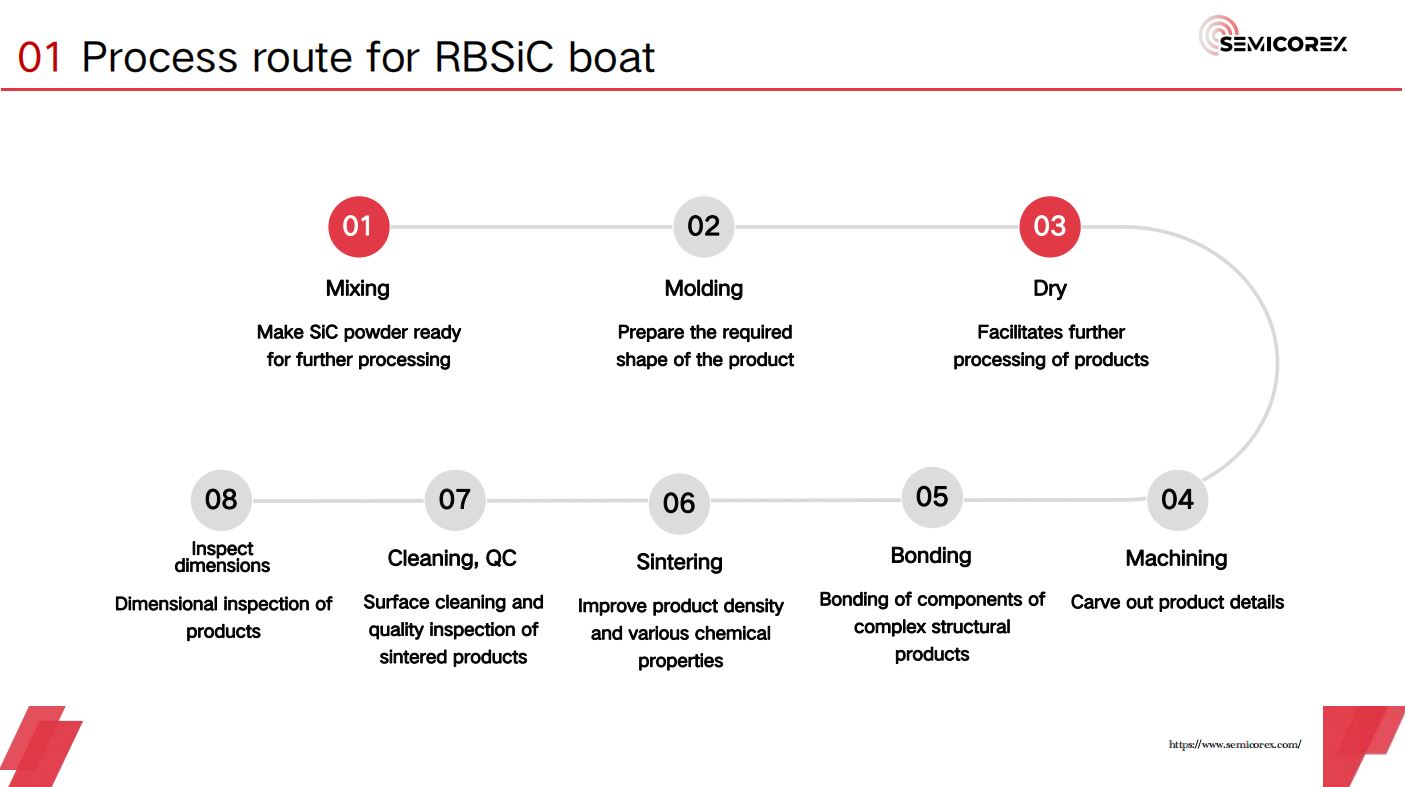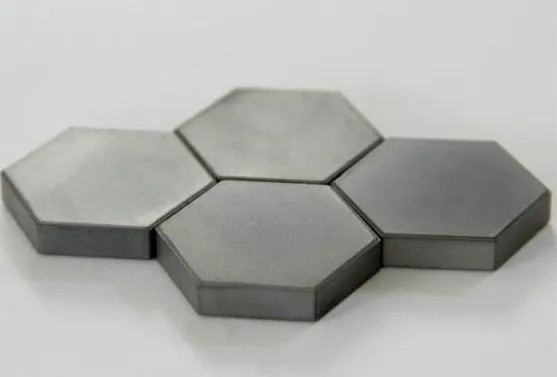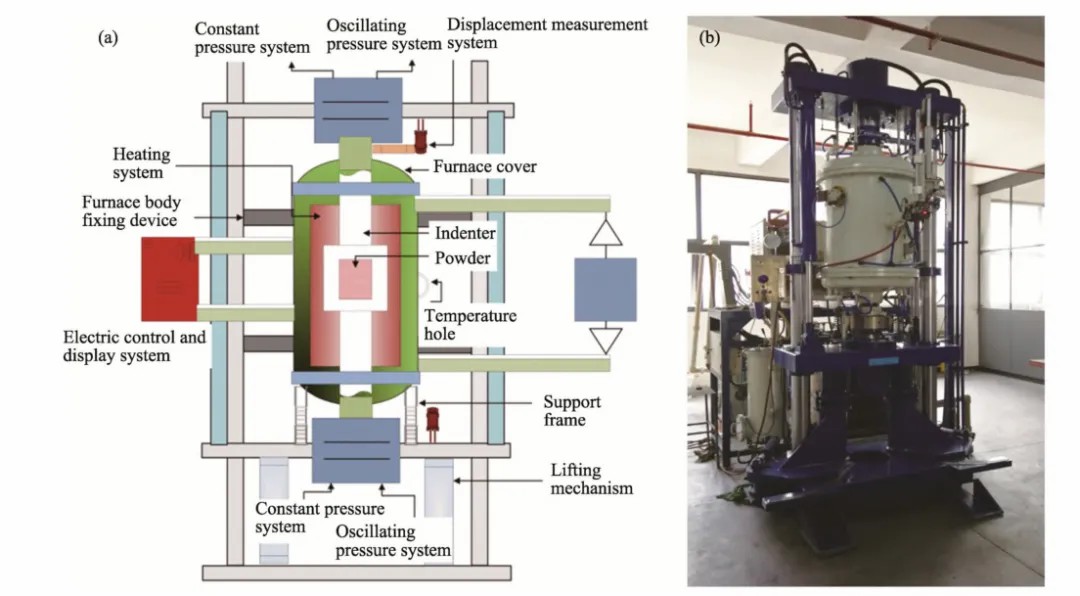
- English
- Español
- Português
- русский
- Français
- 日本語
- Deutsch
- tiếng Việt
- Italiano
- Nederlands
- ภาษาไทย
- Polski
- 한국어
- Svenska
- magyar
- Malay
- বাংলা ভাষার
- Dansk
- Suomi
- हिन्दी
- Pilipino
- Türkçe
- Gaeilge
- العربية
- Indonesia
- Norsk
- تمل
- český
- ελληνικά
- український
- Javanese
- فارسی
- தமிழ்
- తెలుగు
- नेपाली
- Burmese
- български
- ລາວ
- Latine
- Қазақша
- Euskal
- Azərbaycan
- Slovenský jazyk
- Македонски
- Lietuvos
- Eesti Keel
- Română
- Slovenski
- मराठी
- Srpski језик
A Review of 9 Sintering Techniques for Silicon Carbide Ceramics
2024-08-19
Silicon carbide (SiC), a prominent structural ceramic, is renowned for its exceptional properties, including high-temperature strength, hardness, elastic modulus, wear resistance, thermal conductivity, and corrosion resistance. These attributes make it suitable for a wide range of applications, from traditional industrial uses in high-temperature kiln furniture, burner nozzles, heat exchangers, sealing rings, and sliding bearings, to advanced applications like ballistic armor, space mirrors, semiconductor wafer chucks, and nuclear fuel cladding.
The sintering process is crucial in determining the final properties of SiC ceramics. Extensive research has led to the development of various sintering techniques, ranging from established methods like reaction sintering, pressureless sintering, recrystallization sintering, and hot pressing, to more recent innovations like spark plasma sintering, flash sintering, and oscillatory pressure sintering.
Here’s a closer look at nine prominent SiC ceramic sintering techniques:
1. Hot Pressing:
Pioneered by Alliegro et al. at Norton Company, hot pressing involves simultaneously applying heat and pressure to a SiC powder compact within a die. This method enables simultaneous densification and shaping. While effective, hot pressing requires complex equipment, specialized dies, and stringent process control. Its limitations include high energy consumption, limited shape complexity, and high production costs.
2. Reaction Sintering:
First proposed by P. Popper in the 1950s, reaction sintering involves mixing SiC powder with a carbon source. The green body, formed via slip casting, dry pressing, or cold isostatic pressing, undergoes a silicon infiltration process. Heating above 1500°C in a vacuum or inert atmosphere melts the silicon, which infiltrates the porous body via capillary action. The liquid or gaseous silicon reacts with carbon, forming in-situ β-SiC that bonds with existing SiC particles, resulting in a dense ceramic.
Reaction-bonded SiC boasts low sintering temperatures, cost-effectiveness, and high densification. The negligible shrinkage during sintering makes it particularly suitable for large, complex-shaped components. Typical applications include high-temperature kiln furniture, radiant tubes, heat exchangers, and desulfurization nozzles.

Semicorex Process Route of RBSiC Boat
3. Pressureless Sintering:
Developed by S. Prochazka et al. at GE in 1974, pressureless sintering eliminates the need for external pressure. Densification occurs at 2000-2150°C under atmospheric pressure (1.01×105 Pa) in an inert atmosphere with the aid of sintering additives. Pressureless sintering can be further categorized into solid-state and liquid-phase sintering.
Solid-state pressureless sintering achieves high densities (3.10-3.15 g/cm3) without intergranular glass phases, resulting in exceptional high-temperature mechanical properties, with use temperatures reaching 1600°C. However, excessive grain growth at high sintering temperatures can negatively impact strength.
Liquid-phase pressureless sintering broadens the application scope of SiC ceramics. The liquid phase, formed by melting a single component or eutectic reaction of multiple components, enhances densification kinetics by providing a high diffusivity path, leading to lower sintering temperatures compared to solid-state sintering. The fine grain size and residual intergranular liquid phase in liquid-phase sintered SiC promote a transition from transgranular to intergranular fracture, enhancing flexural strength and fracture toughness.
Pressureless sintering is a mature technology with advantages like cost-effectiveness and shape versatility. Solid-state sintered SiC, in particular, offers high density, uniform microstructure, and excellent overall performance, making it suitable for wear and corrosion-resistant components like sealing rings and sliding bearings.

Pressureless Sintered Silicon Carbide Armor
4. Recrystallization Sintering:
In the 1980s, Kriegesmann demonstrated the fabrication of high-performance recrystallized SiC ceramics by slip casting followed by sintering at 2450°C. This technique was quickly adopted for large-scale production by FCT (Germany) and Norton (USA).
Recrystallized SiC involves sintering a green body formed by packing SiC particles of different sizes. Fine particles, uniformly distributed within the interstices of coarser particles, evaporate and condense at the contact points of larger particles at temperatures above 2100°C under a controlled atmosphere. This evaporation-condensation mechanism forms new grain boundaries at particle necks, leading to grain growth, neck formation, and a sintered body with residual porosity.
Key features of recrystallized SiC include:
Minimal Shrinkage: The absence of grain boundary or volume diffusion during sintering results in negligible shrinkage.
Near-Net Shaping: Sintered density remains almost identical to the green body density.
Clean Grain Boundaries: Recrystallized SiC exhibits clean grain boundaries devoid of glass phases or impurities.
Residual Porosity: The sintered body typically retains 10-20% porosity.
5. Hot Isostatic Pressing (HIP):
HIP utilizes inert gas pressure (typically argon) to enhance densification. The SiC powder compact, sealed within a glass or metal container, is subjected to isostatic pressure within a furnace. As the temperature rises to the sintering range, a compressor maintains an initial gas pressure of several megapascals. This pressure progressively increases during heating, reaching up to 200 MPa, effectively eliminating internal pores and achieving high density.
6. Spark Plasma Sintering (SPS):
SPS is a novel powder metallurgy technique for producing dense materials, including metals, ceramics, and composites. It employs high-energy electrical pulses to generate a pulsed electrical current and spark plasma between powder particles. This localized heating and plasma generation occur at relatively low temperatures and short durations, enabling rapid sintering. The process effectively removes surface contaminants, activates particle surfaces, and promotes rapid densification. SPS has been successfully employed to fabricate dense SiC ceramics using Al2O3 and Y2O3 as sintering aids.
7. Microwave Sintering:
Unlike conventional heating, microwave sintering leverages the dielectric loss of materials within a microwave electromagnetic field to achieve volumetric heating and sintering. This method offers advantages such as lower sintering temperatures, faster heating rates, and improved densification. The enhanced mass transport during microwave sintering also promotes fine-grained microstructures.
8. Flash Sintering:
Flash sintering (FS) has gained attention for its low energy consumption and ultra-fast sintering kinetics. The process involves applying a voltage across a green body within a furnace. Upon reaching a threshold temperature, a sudden non-linear increase in current generates rapid Joule heating, leading to near-instantaneous densification within seconds.
9. Oscillatory Pressure Sintering (OPS):
Introducing dynamic pressure during sintering disrupts particle interlocking and agglomeration, reducing pore size and distribution. This results in highly dense, fine-grained, and homogeneous microstructures, yielding high-strength and reliable ceramics. Pioneered by Xie Zhipeng’s team at Tsinghua University, OPS replaces the constant static pressure in conventional sintering with dynamic oscillatory pressure.
OPS offers several advantages:
Enhanced Green Density: Continuous oscillatory pressure promotes particle rearrangement, significantly increasing the green density of the powder compact.
Increased Sintering Driving Force: OPS provides a greater driving force for densification, enhancing grain rotation, sliding, and plastic flow. This is particularly beneficial during the later stages of sintering, where controlled oscillation frequency and amplitude effectively eliminate residual pores at grain boundaries.

Photograph of Oscillatory Pressure Sintering Equipment
Comparison of Common Techniques:
Among these techniques, reaction sintering, pressureless sintering, and recrystallization sintering are widely employed for industrial SiC production, each with unique advantages, resulting in distinct microstructures, properties, and applications.
Reaction-bonded SiC: Offers low sintering temperatures, cost-effectiveness, minimal shrinkage, and high densification, making it suitable for large, complex-shaped components. Typical applications include high-temperature kiln furniture, burner nozzles, heat exchangers, and optical reflectors.
Pressureless sintered SiC: Provides cost-effectiveness, shape versatility, high density, uniform microstructure, and excellent overall properties, making it ideal for precision components like seals, sliding bearings, ballistic armor, optical reflectors, and semiconductor wafer chucks.
Recrystallized SiC: Features pure SiC phases, high purity, high porosity, excellent thermal conductivity, and thermal shock resistance, making it suitable for high-temperature kiln furniture, heat exchangers, and burner nozzles.**
We at Semicorex specialize in SiC Ceramics and other Ceramic Materials applied in semiconductor manufacturing, if you have any inquiries or need additional details, please don't hesitate to get in touch with us.
Contact phone: +86-13567891907
Email: sales@semicorex.com




